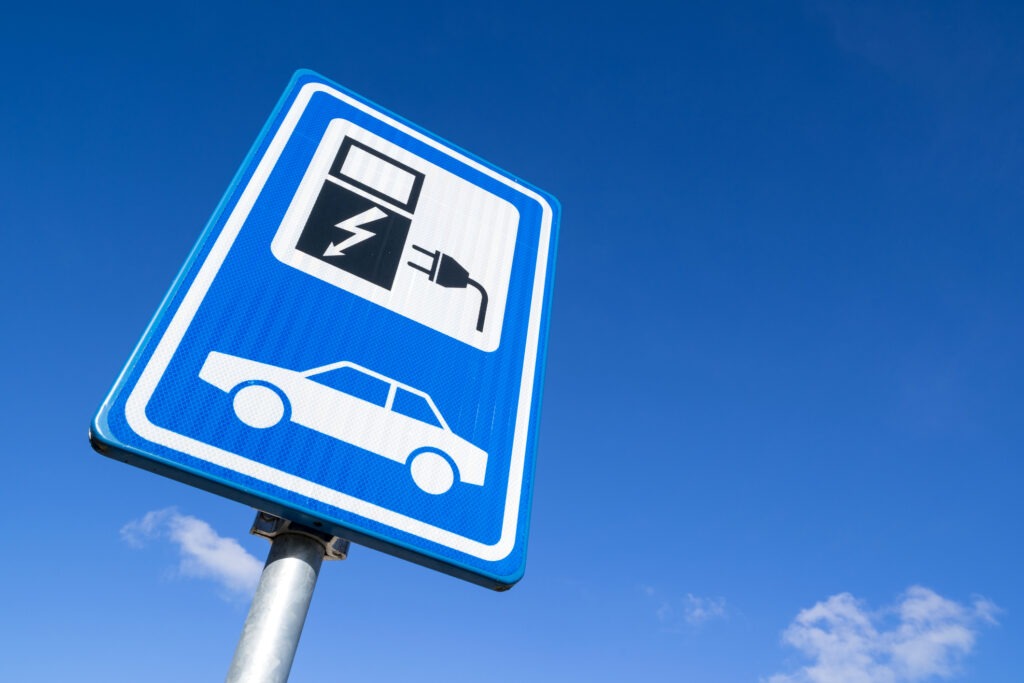How is connected and autonomous vehicle technology progressing?
22 March 2024

Is progress being made with connected and autonomous vehicle (CAV) technology? In the latest Autovista24 podcast, editor Tom Geggus, special content editor Phil Curry and journalist Tom Hooker discuss the latest developments.
SMMT Connected 2024 has sparked debate around the future of automotive technology. Hosted by the Society of Motor Manufacturers and Traders (SMMT), the event examined CAVs, infrastructure, and the Automated Vehicles Bill.
Subscribe to the Autovista24 podcast and listen to previous episodes on Apple, Spotify, Google and Amazon Music.
Show notes
Building a successful connected and autonomous platform in the UK
What is the UK Automated Vehicles Bill and how will it affect the automotive industry?
What is an autonomous vehicle?
The CAV conversation
For the first time in five years, the UK’s automotive industry assembled to hear from global experts about CAV technology. The stakeholders discussed how confidence in connected and autonomous systems must be encouraged amid a far slimmer marketplace.
Trust was a key theme throughout the conference. Many speakers talked about delivering a message of safety to the public in order for autonomous technology to succeed.
Isobel Pastor, head of the UK’s Centre for Connected and Autonomous Vehicles, highlighted that in 88% of vehicle accidents, some form of human error is the main contributory factor.
A changed market
SMMT chief executive Mike Hawes explained that autonomous technology has experienced a ‘hype cycle’. Here, expectations are inflated very early on, some of which may never be deliverable, and certainly not in the timescale forecast.
The technology then enters the trough of disillusionment, when some lose interest and only the committed players remain. The survivors with the practical applicability and business case can then rise to the next stage, the plateau of productivity.
An example of the hype cycle is the development of autonomous technology at Ford. The carmaker bought startup Argo AI in 2017 and saw major investment from Volkswagen (VW) in 2020. Two years later, the business was disbanded, as staff and technology moved in-house. The carmakers instead switched its focus to SAE Level 2+ and Level 3 technologies, rather than Level 4.
The Autonomous Vehicles Bill
The SMMT conference highlighted the need for the UK’s Automated Vehicles Bill to clear Parliament before the next general election.
The bill is a legal framework created to support the safe commercial development of autonomous vehicles. It looks to maintain the country’s position as a global leader in the field, with a focus on safety throughout.
One of the key aims of the bill is to establish the requirements for a vehicle to be classified as self-driving and allowed on the UK’s roads. Primarily, vehicles must be able to drive safely and follow all road traffic rules without the need for human monitoring or control. Using the SAE levels of driving automation, this closely relates to Level 4 and Level 5.
Economic opportunity
The UK’s motivation to be an autonomous-technology frontrunner has been backed with funding support over the last few years. Since 2015, £600 million (€700 million) has been committed to the development of CAVs in the region. Between 2018 and 2022, the autonomous vehicles sector created 1,500 new jobs.
At the SMMT Connected conference, Hawes highlighted how the bill can open doors to further investment. Implementing the technology in passenger services such as buses and taxis could deliver a market worth £3.7 billion annually for the UK economy. Meanwhile, the government believes that by 2035, the autonomous-vehicle market will generate up to £42 billion and create up to 38,000 skilled jobs.
How safe are autonomous vehicles?
Research conducted by the Institute for Engineering and Technology suggests that for every 10,000 errors made by a human, a self-driving vehicle will make just one. So, the technology could lead to a vast reduction in injuries and fatalities, while also lowering the associated legal and repair costs.
However, if manufacturers or autonomous technology providers fail to meet the standards outlined in the Automated Vehicles Bill, this could jeopardise any possible safety improvements. Companies could face fines, be forced to take corrective action or have operations suspended.
Another major element of the legislation is clarifying legal liability. It makes companies, rather than individuals, responsible for a vehicle when it is driving autonomously. When it does not make sense for a human to be liable, the person will be given immunity from prosecution.
In vehicles where drivers assume a certain level of control, the responsibility will remain on the human. This includes sections of hands-free driving on the motorway where the driver must remain attentive.
Time of the essence
At the SMMT Connected conference, Hawes highlighted the importance of getting the bill passed soon. As more time passes, more opportunities will be missed for the UK to capitalise on the technology. Other markets are already stealing a march on this development. Many cities in the US are trialling autonomous taxis.
The CAV landscape has changed in the last five years, especially as carmakers are more focused on delivering electric vehicles.
Connected technology is already present in many new vehicles, with the integration of artificial intelligence through chatbots and large-language models continuing. However, the timeline for introducing self-driving technology has inevitably shifted. Development is still ongoing, albeit with a smaller pool of companies than before.



